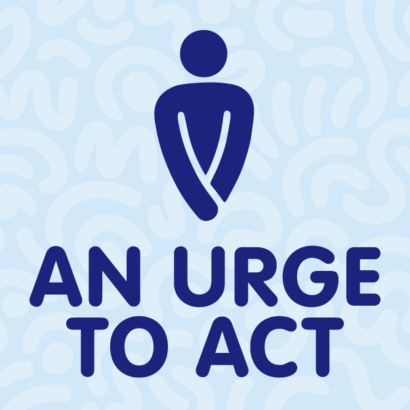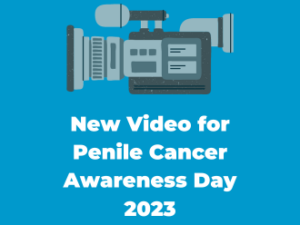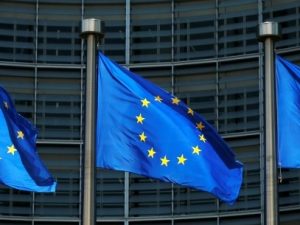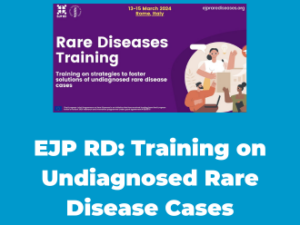 On 8 November, ERN eUROGEN joined the EAU and 21 other scientific, professional, patient and non-profit organisations (including ICS, IUGA, ESFFU, and WFIPP) in launching a manifesto for policy reform on Continence Health in Europe. The manifesto was launched at the first Continence Health Summit in Brussels and aims to raise awareness among EU and national policymakers of continence health problems and to instil the need for action.
On 8 November, ERN eUROGEN joined the EAU and 21 other scientific, professional, patient and non-profit organisations (including ICS, IUGA, ESFFU, and WFIPP) in launching a manifesto for policy reform on Continence Health in Europe. The manifesto was launched at the first Continence Health Summit in Brussels and aims to raise awareness among EU and national policymakers of continence health problems and to instil the need for action.
The manifesto calls for concrete policy changes to face the challenges posed by the report and makes ten high-level recommendations to European and national policymakers to recognise the importance of patient-centred continence care. It also promotes a holistic understanding of the intricate links between continence health and healthy ageing, women’s health, as well as disease areas like cancer, mental health, neurological problems and several other comorbidities such as obesity. This will require increased funding for continence health research
The summit presented the results of a report commissioned by the EAU and conducted by Triangulate Health Ltd, on the socio-economic and environmental costs of continence health problems. This research on the economic burden of urinary incontinence reveals that the cost of continence care will reach an estimated €69.1 billion in 2023. These costs include the impact of incontinence on individuals’ health, the costs of medical consultations and products such as continence pads, incontinence-related absenteeism at work, nursing home admissions, and the environmental impact of incontinence care. If no action is taken to support continence health, the economic burden could rise by 25% in 2030, to €86.7 billion. This economic burden becomes considerably higher when including caregiver costs.
Prof John Heesakkers attended as ICS General Secretary and also represented ERN eUROGEN as WS2 Research Lead and Expertise Area Coordinator for EA 2.1 Complicated & complex pelvic floor disorders. He said: “For ERN eUROGEN, I was asked to depict the picture from a rare disease point of view. Since incontinence is not exactly rare (estimated 15% for males and 22% for females ), some specific rare incontinence aspects were highlighted.”
“The links between the network’s Workstream 1 and Workstream 2 are important. First, many diseases discovered during childhood can have incontinence as part of the syndrome and have consequences for adulthood. This is the case, e.g., for myelomeningocele or epispadias. Symptoms and treatments are often rare and cannot be managed by everybody, but they need specialised care. Therefore, the organisation of care for rare diseases must be transparent on a European level to help patients and caregivers with specific questions and demands.”
“Finally, this implies that although incontinence is not a rare disease and often occurs in rare diseases from an ERN point of view, good care for these specific situations is essential and European countries need to be levelled to guarantee the best support for every European citizen.”
This is the first summit of a long-term programme. We hope that our continued joint efforts will lead to tangible policy change to improve the lives of people living with continence health problems in the EU, in line with the manifesto calls to action.
Downloads





